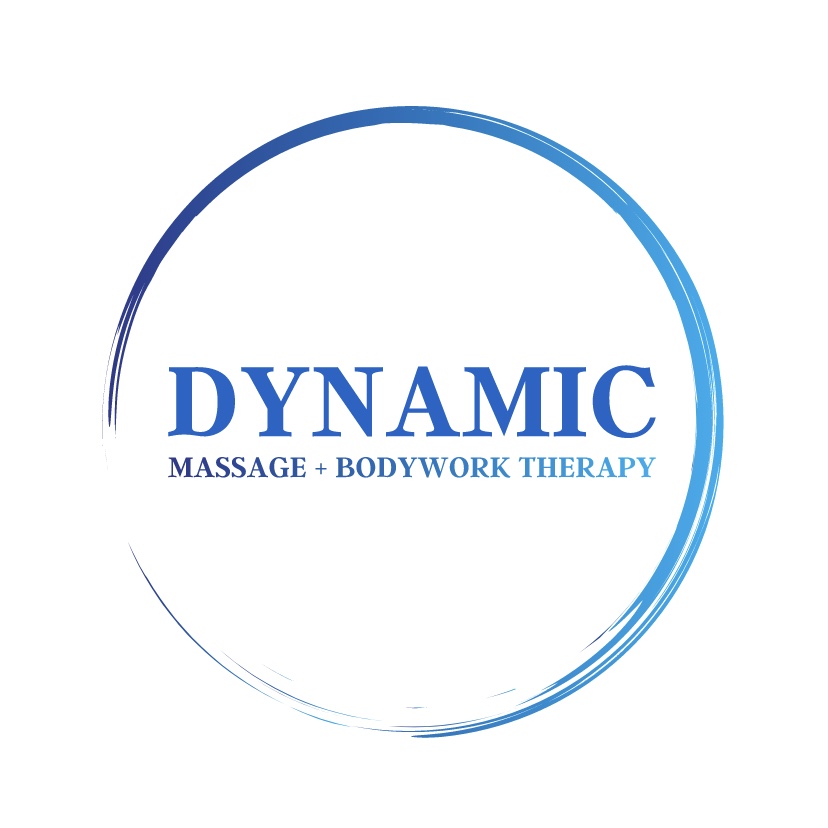Back to the Beginnings of Massage!
- Dynamic Massage + Bodywork

- Apr 25, 2023
- 2 min read
The history of massage therapy dates back thousands of years, and it is difficult to pinpoint the exact earliest example. Massage therapy has been practiced in various forms by many cultures throughout history, including ancient Chinese, Egyptian, Greek, and Indian civilizations.
One of the earliest known written records of massage therapy comes from China, where it was documented in a medical text called the Yellow Emperor's Classic of Internal Medicine, which was written around 2600 BC. This text describes various massage techniques and their therapeutic benefits, such as relieving muscle pain and improving circulation.
Massage therapy was also practiced in ancient Egypt, as depicted in wall paintings found in tombs from around 2500 BC. These paintings show people receiving massage treatments, and ancient Egyptian medical texts also describe the use of massage therapy for various conditions.
Similarly, massage therapy was also practiced in ancient Greece and Rome, where it was used to treat athletes and soldiers. The Greek physician Hippocrates, who is considered the father of modern medicine, wrote about the benefits of massage therapy in his medical texts.
Overall, massage therapy has a long and rich history, and its therapeutic benefits have been recognized and practiced by many cultures throughout the ages.

The first modern massage style is generally considered to be Swedish massage, also known as "classic massage." Swedish massage was developed in the early 19th century by Per Henrik Ling, a Swedish physiologist and fencing master.
Ling combined his knowledge of anatomy and physiology with various massage techniques from around the world to create a systematic approach to massage therapy. He believed that massage could improve overall health and well-being by promoting relaxation, reducing muscle tension, and improving circulation.
Swedish massage typically involves the use of five basic strokes: effleurage (long, gliding strokes), petrissage (kneading and squeezing), friction (circular or cross-fiber rubbing), tapotement (percussion), and vibration (rapid shaking). These strokes can be combined in various ways to create a customized
massage session based on the individual's needs and preferences.
Swedish massage quickly gained popularity in Europe and North America and became the foundation for many other modern massage styles, such as deep tissue massage, sports massage, and aromatherapy massage. Today, Swedish massage is still one of the most widely practiced massage styles around the world and is commonly offered at spas, wellness centers, and massage clinics.






Comments